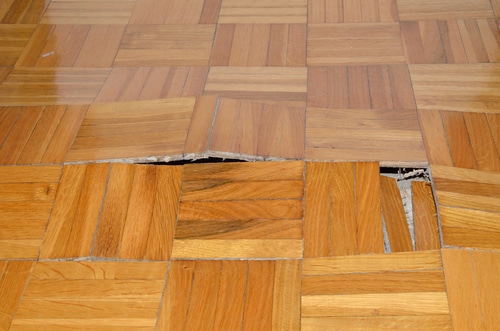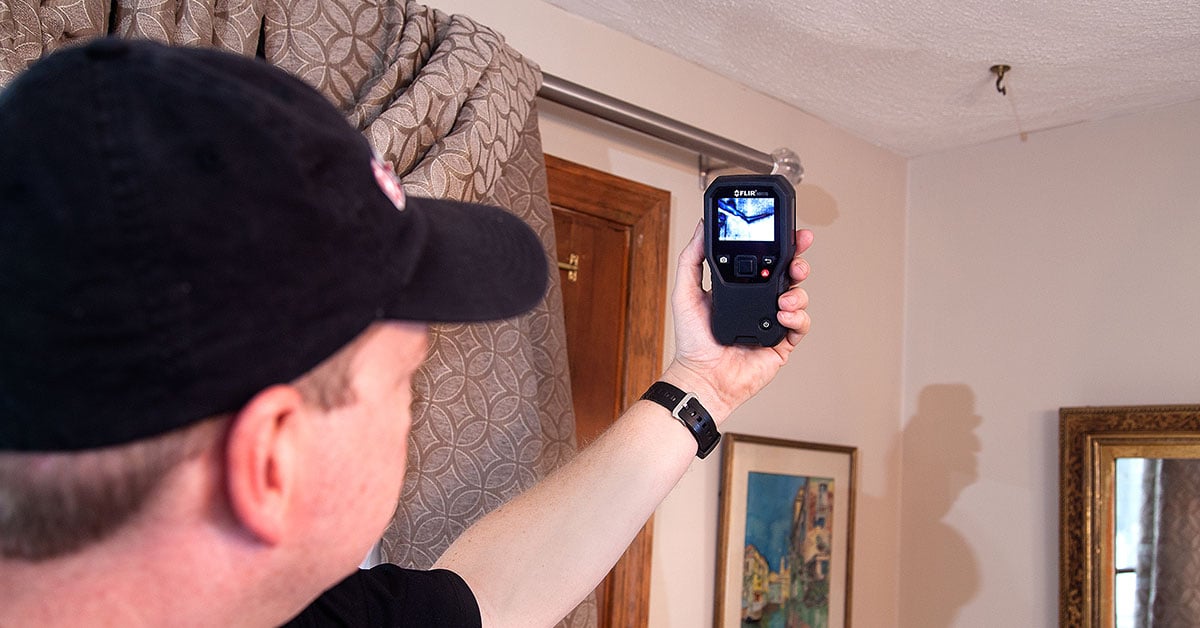Exactly how to Find and Repair Work Water Leaks-- A Comprehensive Guide
Exactly how to Find and Repair Work Water Leaks-- A Comprehensive Guide
Blog Article
Just how do you actually feel in relation to Locating water leaks?

Early discovery of dripping water lines can minimize a potential calamity. Some little water leakages may not be visible.
1. Examine the Water Meter
Every home has a water meter. Checking it is a surefire way that helps you discover leaks. For beginners, turn off all the water resources. Guarantee no person will purge, make use of the tap, shower, run the cleaning machine or dish washer. From there, go to the meter as well as watch if it will certainly change. Given that nobody is using it, there should be no motions. That indicates a fast-moving leakage if it moves. Furthermore, if you detect no changes, wait a hr or more as well as inspect back once again. This implies you may have a slow-moving leakage that can even be underground.
2. Inspect Water Usage
Examine your water expenses as well as track your water consumption. As the one paying it, you ought to see if there are any kind of inconsistencies. If you spot sudden changes, in spite of your intake being the same, it indicates that you have leakages in your plumbing system. Remember, your water expense must drop under the exact same array every month. A sudden spike in your costs suggests a fast-moving leakage.
A steady increase every month, even with the exact same practices, shows you have a slow-moving leak that's likewise slowly escalating. Call a plumber to completely inspect your property, specifically if you feel a warm location on your floor with piping below.
3. Do a Food Coloring Test
When it comes to water consumption, 30% comes from commodes. If the shade in some way infiltrates your bowl throughout that time without flushing, there's a leak in between the tank and also dish.
4. Asses Outside Lines
Don't forget to inspect your outside water lines as well. Ought to water leak out of the connection, you have a loose rubber gasket. One little leak can squander bunches of water and also spike your water costs.
5. Analyze the situation and evaluate
Home owners ought to make it a behavior to examine under the sink counters and even inside cupboards for any kind of bad odor or mold and mildew development. These 2 red flags indicate a leakage so timely interest is needed. Doing regular assessments, also bi-annually, can conserve you from a significant trouble.
If you know your house is currently old, maintain a watchful eye on your heating systems, hoses, pipelines and so on. Look for discolorations and also compromising as a lot of pipelines and devices have a life expectancy. They will certainly also normally weaken as a result of damage. If you suspect dripping water lines in your plumbing system, don't wait on it to escalate. Call a specialist plumber as soon as possible so you do not wind up with a horrible mess in your home.
Early discovery of dripping water lines can reduce a prospective disaster. Some tiny water leaks may not be visible. Checking it is a proven way that helps you find leaks. One little leak can lose heaps of water and spike your water bill.
If you presume leaking water lines in your plumbing system, don't wait for it to rise.
WARNING SIGNS OF WATER LEAKAGE BEHIND THE WALL
PERSISTENT MUSTY ODORS
As water slowly drips from a leaky pipe inside the wall, flooring and sheetrock stay damp and develop an odor similar to wet cardboard. It generates a musty smell that can help you find hidden leaks.
MOLD IN UNUSUAL AREAS
Mold usually grows in wet areas like kitchens, baths and laundry rooms. If you spot the stuff on walls or baseboards in other rooms of the house, it’s a good indicator of undetected water leaks.
STAINS THAT GROW
When mold thrives around a leaky pipe, it sometimes takes hold on the inside surface of the affected wall. A growing stain on otherwise clean sheetrock is often your sign of a hidden plumbing problem.
PEELING OR BUBBLING WALLPAPER / PAINT
This clue is easy to miss in rooms that don’t get much use. When you see wallpaper separating along seams or paint bubbling or flaking off the wall, blame sheetrock that stays wet because of an undetected leak.
BUCKLED CEILINGS AND STAINED FLOORS
If ceilings or floors in bathrooms, kitchens or laundry areas develop structural problems, don’t rule out constant damp inside the walls. Wet sheetrock can affect adjacent framing, flooring and ceilings.
https://www.servicemasterbyzaba.com/blog/how-to-detect-water-leakage-in-walls/

Do you really like reading up on Leaking water lines? Make a remark below. We will be glad to find out your views about this blog entry. We hope that you come back again later on. If you enjoyed reading our blog posting kindly do not forget to pass it around. Thanks for taking the time to read it.
Report this page